ROPS, FOPS, FOG, OHG & OPG are Operator Protective Structures (OPS) designed to protect the operator in the event of accidents like rollovers, falling objects, or overhead hazards. They are crucial safety features in cabs and operator environments to ensure the well-being of individuals operating heavy machinery and equipment in various industries, such as agriculture, construction, and mining.
In the context of operator protective structures, the acronyms stand for the following: ROPS – Roll-Over Protective Structures; FOPS – Falling Object Protective Structures; FOG – Falling Object Guard; OHG – Overhead Guard; OPG – Operator Protective Guards.
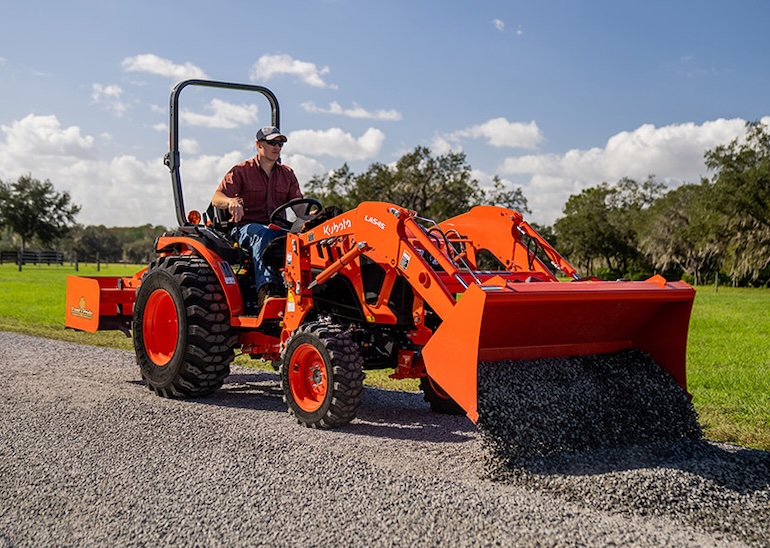
ROPS (Roll-Over Protective Structures)
ROPS, or Roll-Over Protective Structures, are a standard feature on heavy equipment like tractors, earth-moving machinery, and UTVs used in industries such as construction, agriculture, and mining. These structures are regulated by entities like the US Occupational Safety and Health Administration (OSHA), as well as international organizations such as ISO and OECD. These regulations specify both the strength and energy absorption requirements of the structure.
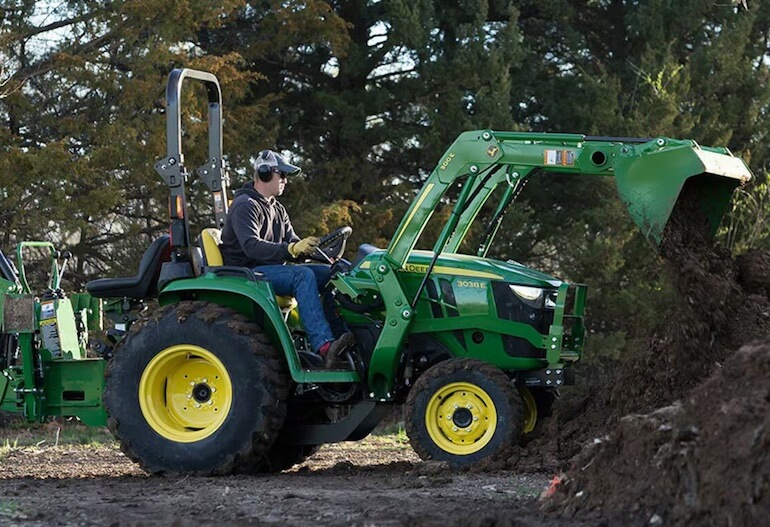
ROPS are commonly installed on various vehicles and equipment used in the mining industry, including compact excavators, garden tractors, 4×4 UTVs, pickup trucks, soil compactors, and utility vehicles. These safety measures were developed to ensure additional protection for employees in the event of a vehicle rollover on mine sites.
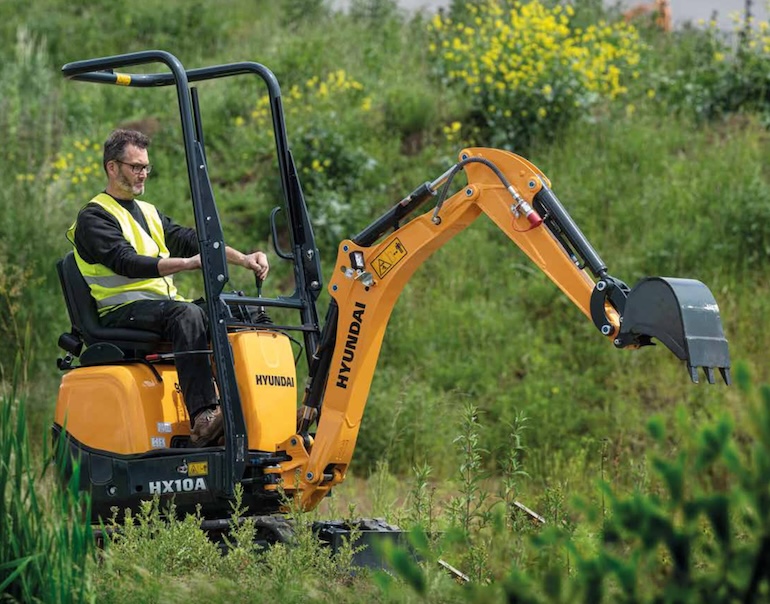
In some cases, dump trucks are equipped with extensions on their boxes to cover the operator’s compartment, adding an extra layer of protection for ROPS compliance.
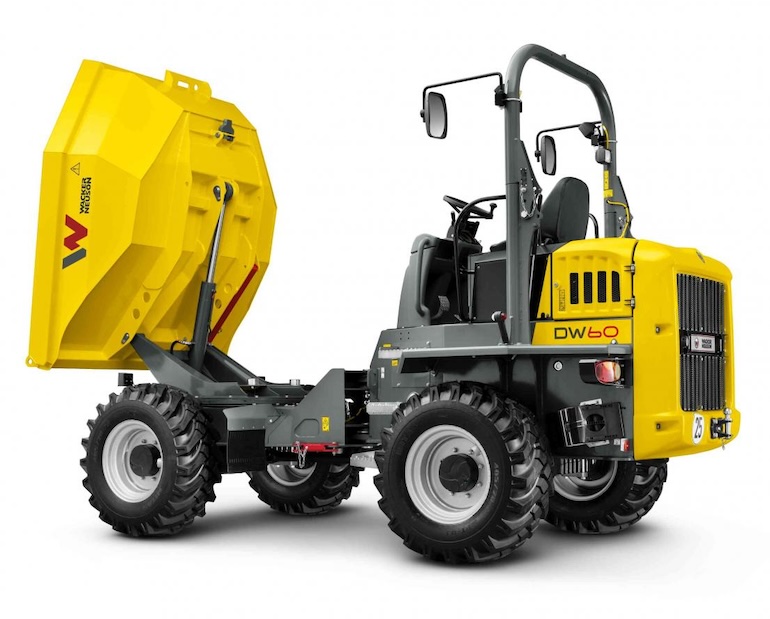
In the United States, ROPS designs must be certified by a professional engineer, often through a destructive test. These tests may involve subjecting the structure to reduced temperatures to assess its performance under brittle conditions.
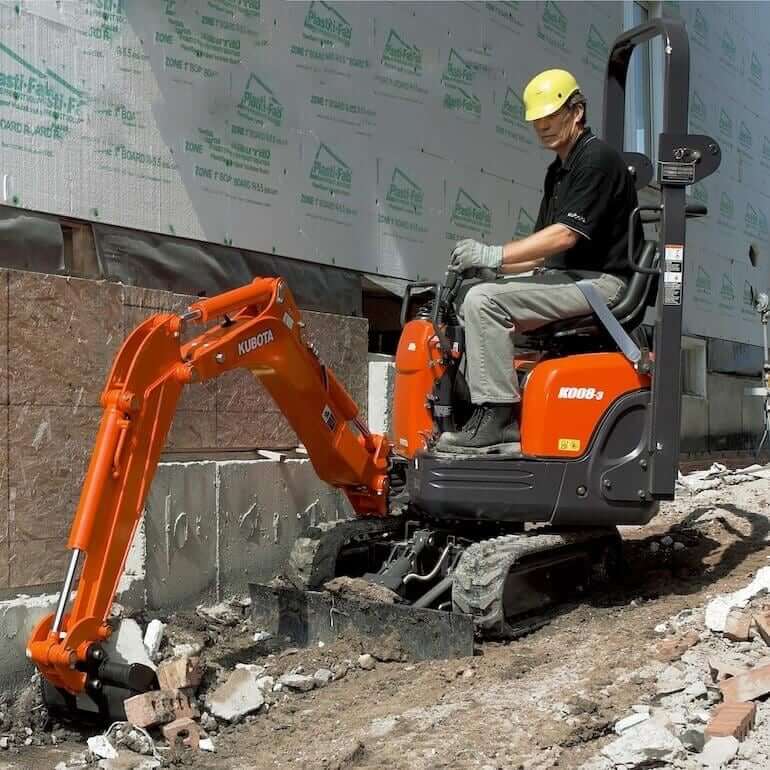
The International Organization for Standardization provides guidelines for the destructive testing of ROPS structures on different types of machinery, including earthmoving equipment, excavators, forestry machinery, and tractors. Theoretical performance analysis alone is not accepted as an alternative to physical testing for major new ROPS designs.
FOPS (Falling Object Protective Structures)
FOPS (Falling Object Protective Structures) are safety devices fitted to tractors, excavators, loaders or other heavy equipment and machinery to protect operators from accidental falling objects, such as branches, rocks, and hay bales.
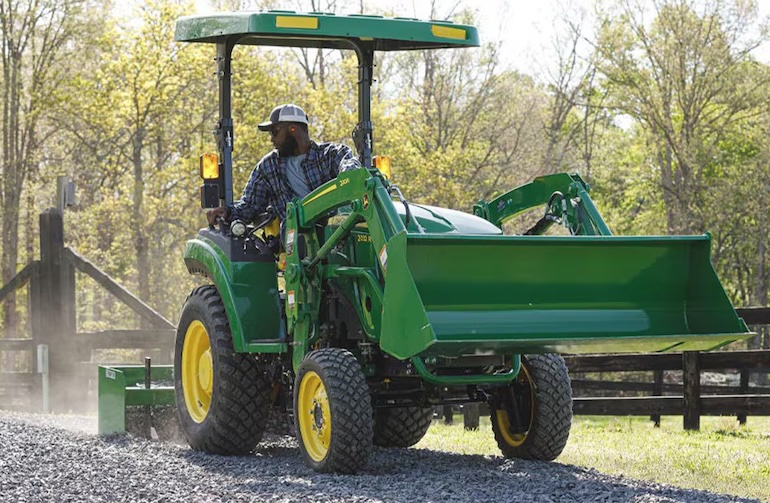
They are typically made of mesh sheeting (certain thickness) structures that provide a structurally sound and sufficiently sheltered space if the structure deforms.
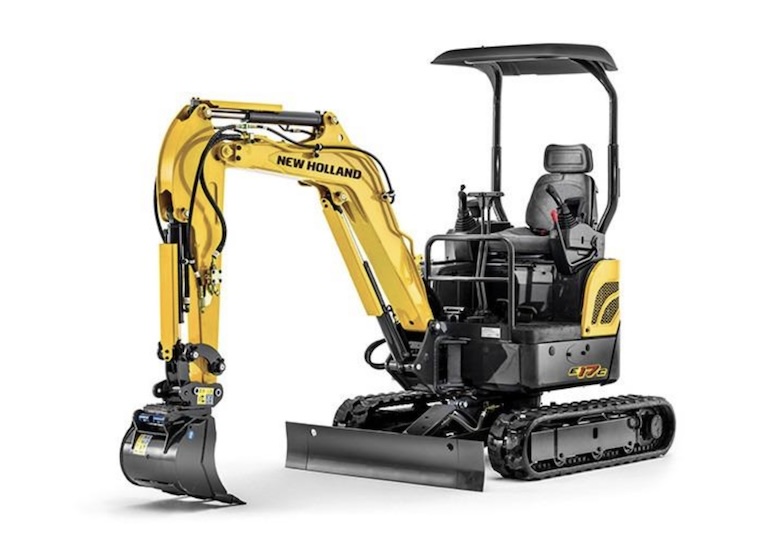
Similar to ROPS, FOPS are indeed regulated by standards and laws to ensure their effectiveness in providing adequate protection for operators.

Regulatory bodies such as the US OSHA and international standards like ISO establish guidelines and requirements for FOPS design and performance.
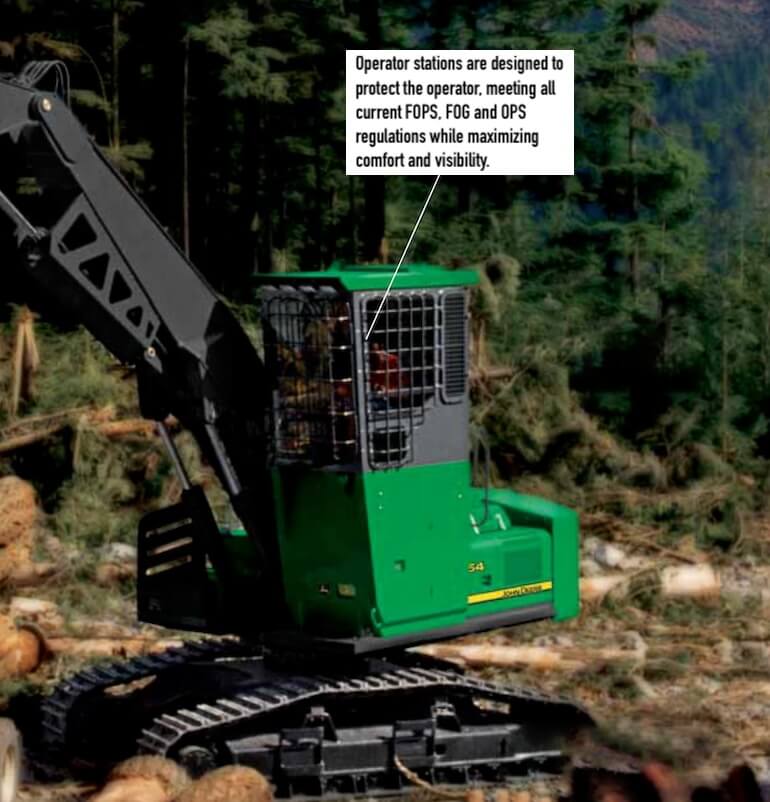
These regulations specify criteria for the strength, design, and energy absorption capabilities of FOPS, aiming to minimize the risk of injury or fatality from falling objects. Compliance with these standards is essential for ensuring the safety of equipment operators and maintaining regulatory compliance in various industries where heavy machinery is used.
FOG (Falling Object Guard)
FOG (Falling Object Guard) is a new type of protection system designed to protect the excavator cab and operator from falling objects in dangerous environments, such as construction sites, warehouses, or manufacturing facilities.
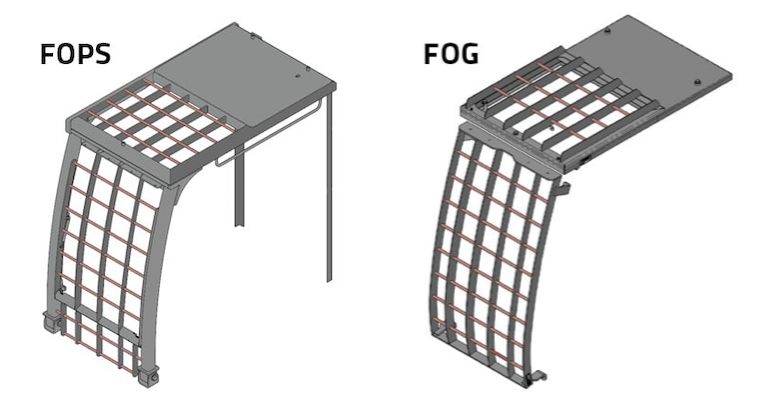
It is typically bolted directly to a certified ROPS cab, typically in two pieces: a roof and a front FOG. This system is becoming more common as machine manufacturers produce their own ROPS certified cabs, protecting both the operator and cab from damage. FOG systems are used primarily in the demolition, forestry, and construction industries.
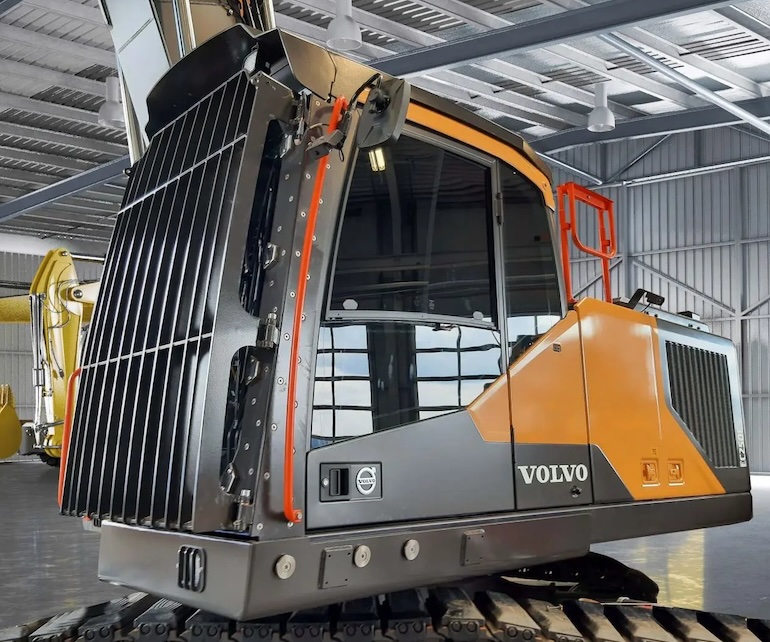
Falling Object Guard consists of a barrier or protective structure installed above work areas to prevent objects from falling onto workers below. These guards are often made of sturdy materials such as metal or reinforced plastic and are designed to withstand impact from falling objects.
OHG (Overhead Guards)
OHG (Overhead Guards) are protective structures designed to safeguard operators of industrial forklifts, lift trucks, or other material handling vehicles and other machinery from falling objects. These guards are crucial safety features that were created in the 1960s to ensure operator safety by protecting them from potential hazards like debris or tools. OHGs are required by OSHA and ANSI standards to guarantee forklift operator safety.
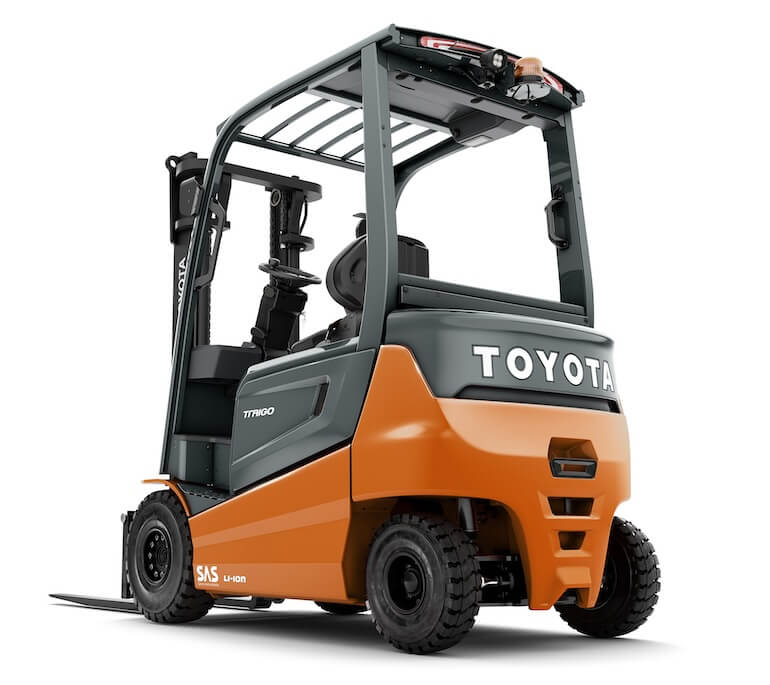
They are designed with small openings to maintain the operator’s visibility when placing or retrieving loads. Additionally, OHGs are tested to withstand impacts, such as a 100-pound solid hardwood cube dropped from a height of 5 feet multiple times, without failure or permanent deflection exceeding 3/4 inch.
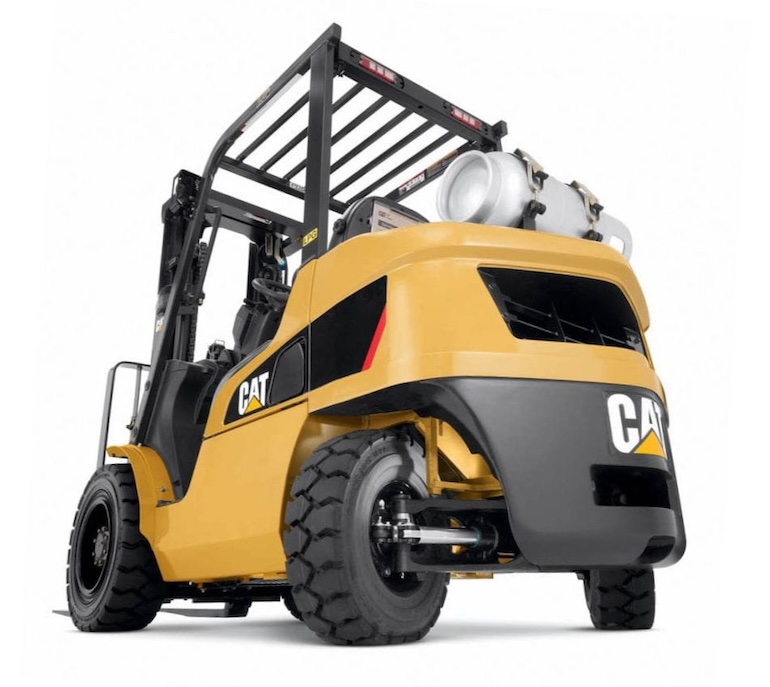
These guards are typically made of sturdy materials such as metal or reinforced plastic and are designed to shield the operator from falling objects, debris, or other hazards that may come from above. Overhead guards are essential for preventing injuries to operators in environments where there is a risk of objects falling from shelves, racks, or other elevated areas. Regular maintenance and inspection of OHGs are essential to prevent accidents, and damaged or malfunctioning guards should be replaced with the manufacturer’s recommended parts to ensure operator safety.
OPG (Operator Protective Guards)
OPG (Operator Protective Guards) are protective structures designed to safeguard the operator of heavy machinery from impact or injury from moving or falling parts of the machine. These guards are typically made of strong materials, such as steel or heavy-duty plastic, and are designed to protect the operator from potential hazards such as wheels, tracks, or other mechanical components that could cause injury.
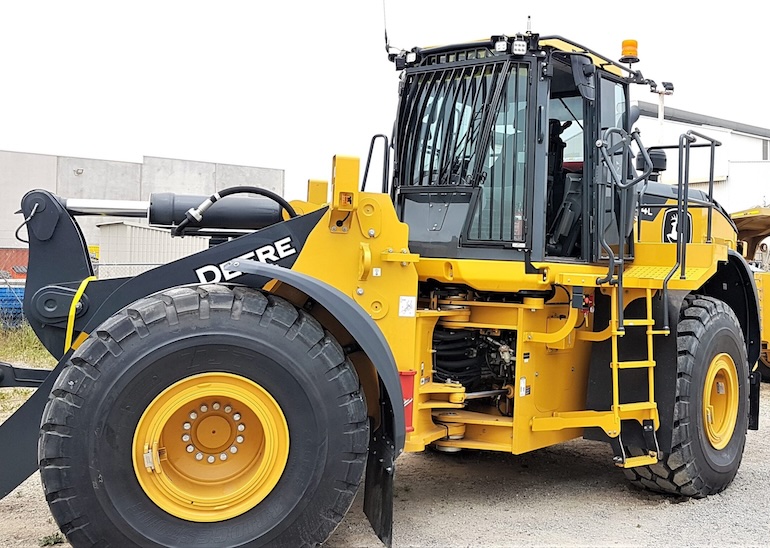
OPGs can be in the form of rails, grids, nets, or other barriers that provide a safe space for the operator within the cab of the machinery.
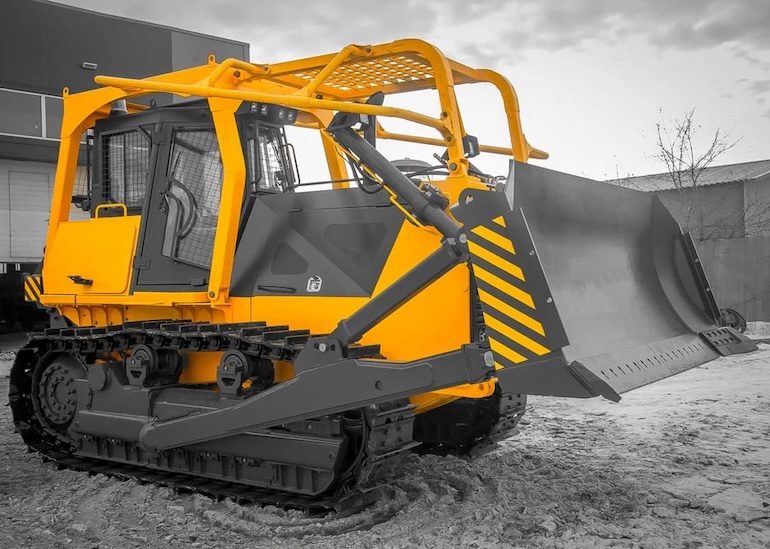
OPGs are an essential safety feature for many types of heavy machinery, including excavators, bulldozers, and other construction equipment. They are typically found in industrial machines and equipment.
OPS (Operator Protective Structure) is a broad term that encompasses various types of protective structures, including ROPS, TOPS, FOPS, OPG, and OHG. These structures are designed to protect operators from various hazards, such as rollovers, falling objects, and impact from moving parts. They are typically made of strong materials, such as steel or heavy-duty plastic, and are designed to protect the operator from potential hazards within the cab of the machinery. OPS is an essential safety feature for many types of heavy machinery, including excavators, bulldozers, and other construction equipment.
OPS may include features such as reinforced frames, protective canopies, or enclosed cabs, depending on the specific requirements of the equipment and the level of protection needed.
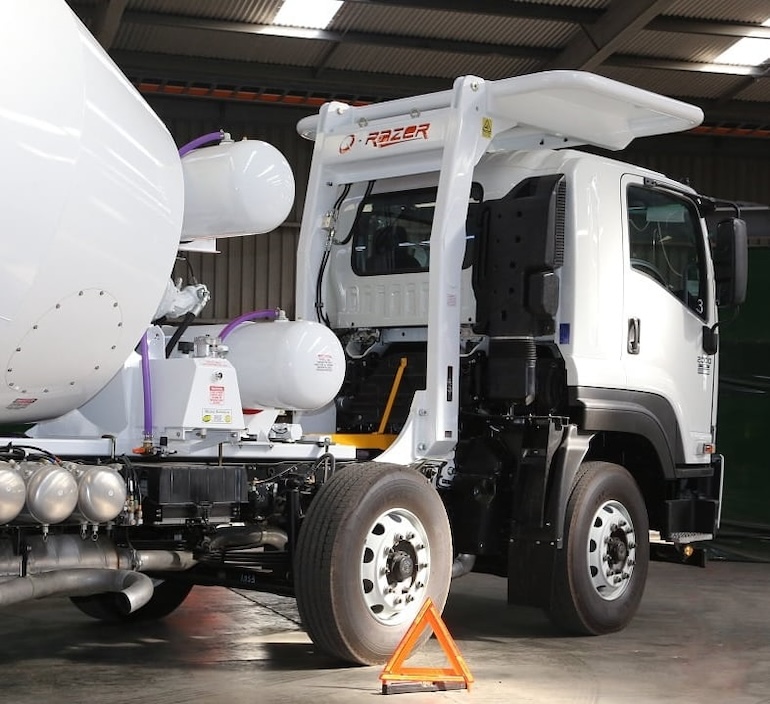
These structures are often subject to regulations and standards set forth by safety organizations and governmental agencies to ensure compliance with safety guidelines.
Benefits of ROPS for Tractors / Compact Excavators
Equipping older tractors with Rollover Protective Structures (ROPS) has emerged as a viable solution to mitigate overturn-related fatalities among US farmers. These protective devices, when used in conjunction with seat belts, demonstrate an impressive 99% effectiveness in preventing operator fatalities in the event of overturn incidents.
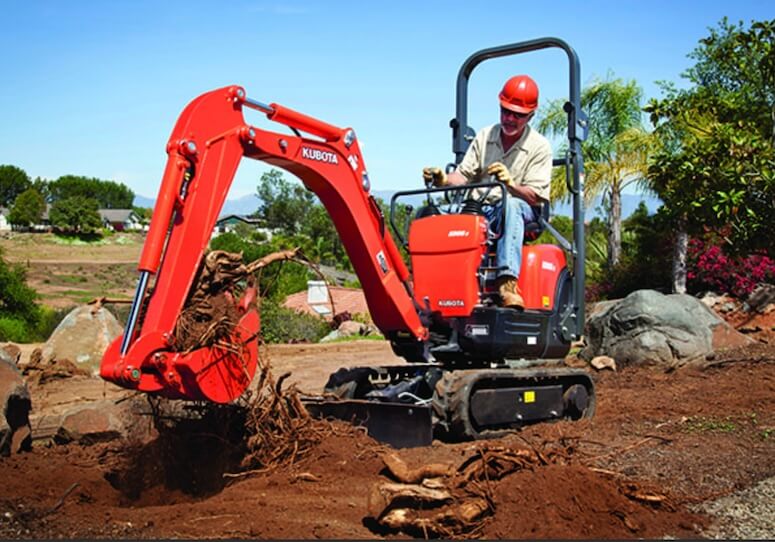
The US National Institute for Occupational Safety and Health (NIOSH) estimates that equipping all tractors with ROPS could reduce fatality rates from tractor overturns by at least 71%. Furthermore, when properly combined with seat belt usage, ROPS could potentially eliminate nearly all fatalities resulting from tractor and lawn mower overturns.
Even without seat belt usage, ROPS remain 70% effective in preventing operator fatalities, although there is a risk of the rider being ejected from the tractor during an overturn, leaving them unprotected by the ROPS.
Research conducted in Sweden indicates that the fatality rate from tractor rollovers remains stable within a range of ROPS prevalence rates from 40% to 75%. However, a significant decline in the fatality rate occurs only when the adoption rate of ROPS reaches 75% to 80%, plummeting to near-zero levels. Current estimates suggest that 59% of tractors in the United States were equipped with ROPS in 2006, marking an increase from 38% in 1993. With ongoing efforts to install ROPS, it is anticipated that the rollover fatality rate will continue to decrease steadily, potentially reaching near-zero levels by 2028.
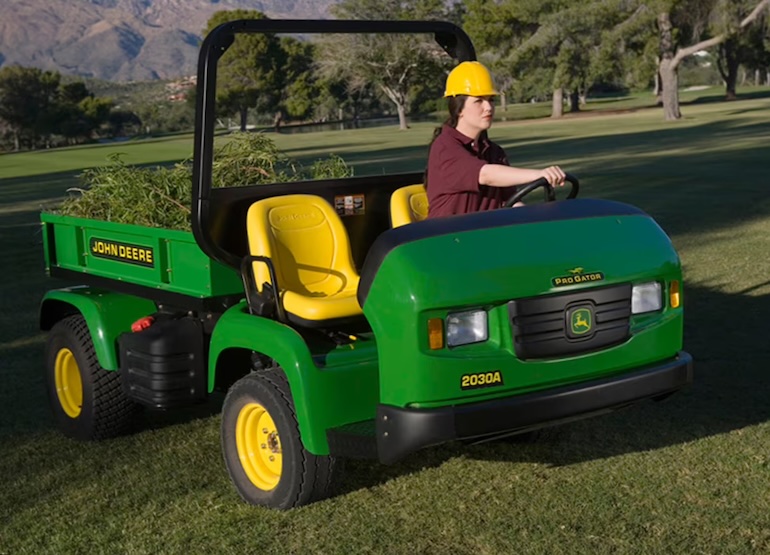
Overall, OPS plays a vital role in enhancing operator safety and reducing the likelihood of injuries or fatalities in hazardous work environments. It is an essential component of many types of machinery and equipment used in various industries worldwide.
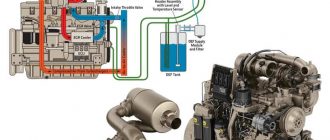
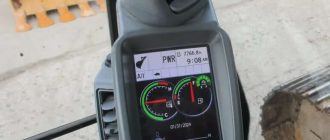
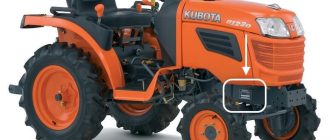
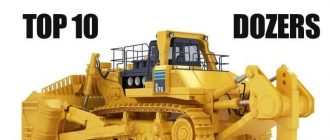
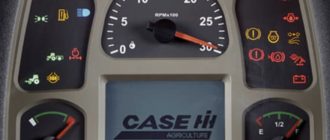
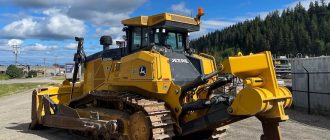
What are the differences between OHG, FOG, FOPS? After all, they all protect against objects falling onto the cabin from above.
OHG provides overhead protection for forklift operators, FOG lights enhance visibility in foggy conditions, and FOPS protects heavy machinery operators from falling objects, each serving a specific safety function in different environments.
What are the differences between FOPS and OPG level 1 (in excavators)?
FOPS is focused on vertical impacts from above, while OPG Level 1 is focused on horizontal or angled impacts from the sides or front. FOPS is more relevant in environments with risks of falling objects, while OPG Level 1 is more relevant in environments where horizontal penetration risks exist, like forestry or certain demolition tasks. FOPS and OPG are regulated by different standards and undergo different testing procedures based on the specific threats they are designed to protect against.